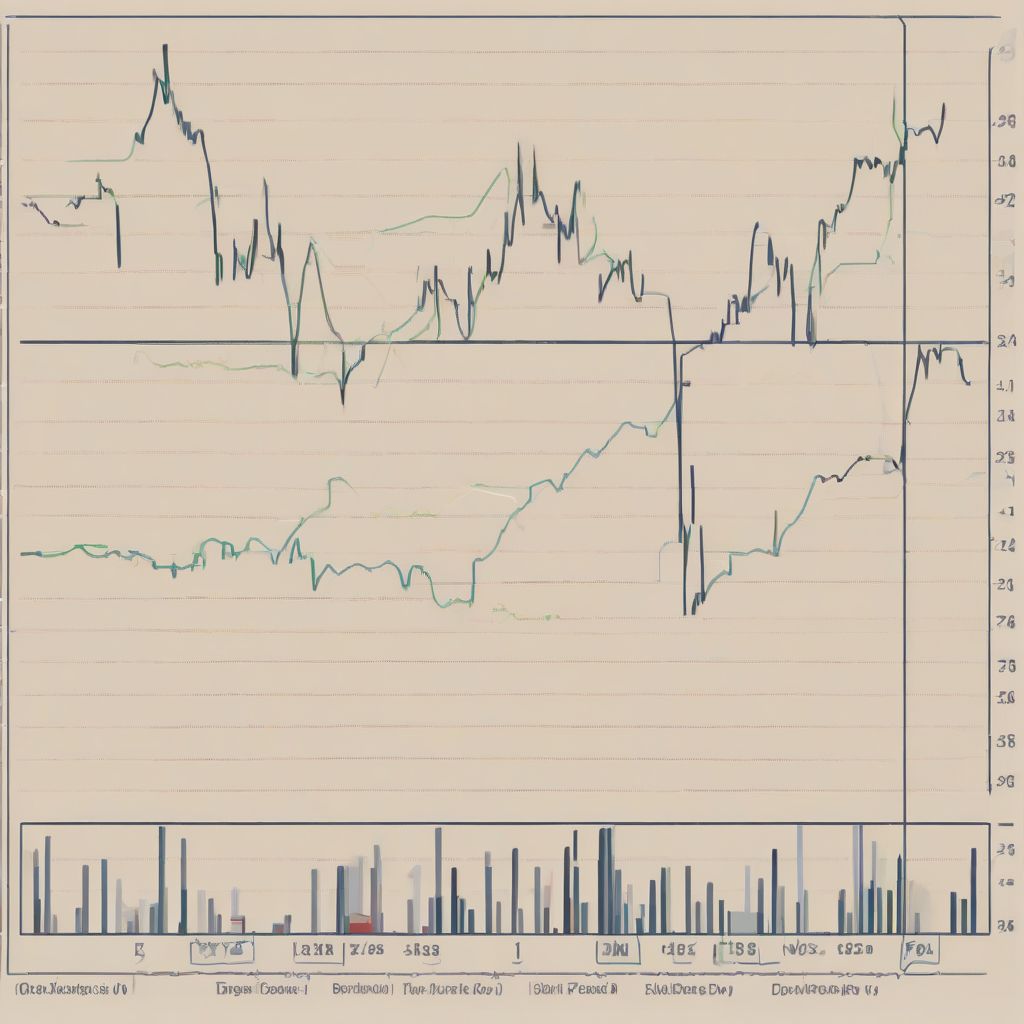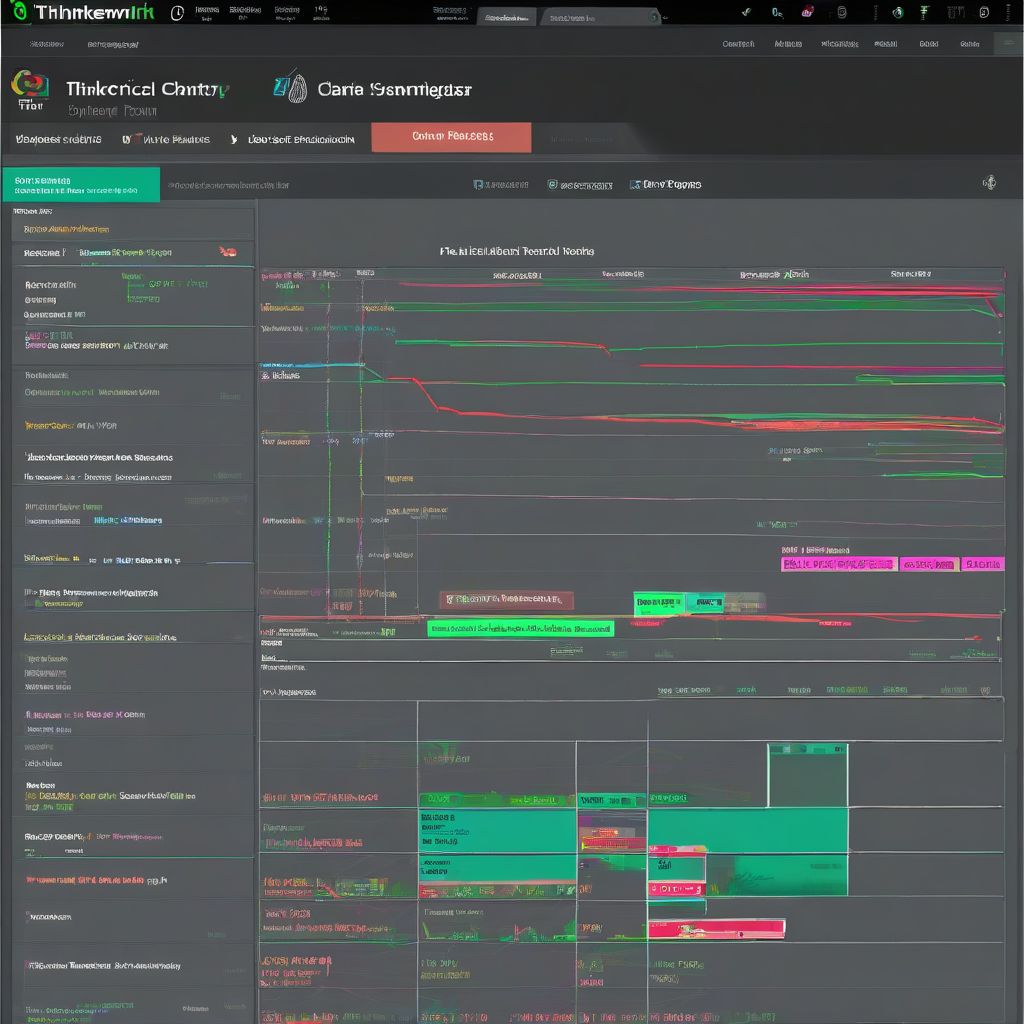Understanding Fidelity Extended Hours Trading: A Comprehensive Guide
Imagine this: you’re catching up on the latest market news before work, and suddenly, a stock you’ve been eyeing experiences a significant price movement – but the regular trading hours haven’t even begun! This is the power of extended hours trading, and if you’re a Fidelity customer, it’s a tool you need to understand.
This comprehensive guide will delve into the ins and outs of Fidelity Extended Hours Trading, empowering you to make informed decisions outside the regular market hours.
What is Fidelity Extended Hours Trading?
Fidelity extended hours trading allows you to buy and sell stocks beyond the typical trading day of 9:30 a.m. to 4:00 p.m. Eastern Time. This means you can trade before the opening bell rings (pre-market) and after it closes (after-hours). Fidelity offers extended hours trading from 7:00 a.m. to 8:00 p.m. Eastern Time.
Why is Extended Hours Trading Important?
You might be wondering why you’d want to trade outside the regular market hours. Here are a few reasons why extended hours trading with Fidelity can be beneficial:
- React to breaking news: Major news events often occur outside regular trading hours. Extended hours trading allows you to react quickly to such news and potentially capitalize on market moves.
- Greater flexibility: Let’s face it, life can get busy. Extended hours trading provides flexibility for those who can’t always trade during regular market hours.
- Potential for increased profits: While riskier, extended hours trading can present opportunities for greater profits due to higher volatility.
Navigating the Waters: Considerations for Extended Hours Trading
While extended hours trading presents enticing opportunities, it’s crucial to be aware of the potential drawbacks:
Lower Liquidity and Higher Volatility
Fewer participants trade during extended hours, resulting in lower liquidity. This means it might be more challenging to buy or sell stocks at your desired price. Additionally, price swings tend to be more dramatic during these times, increasing the risk of losses.
Order Types and Execution
During extended hours, Fidelity typically only executes limit orders. This means you set the maximum price you’re willing to buy or the minimum price you’re willing to sell a stock for. Market orders, which execute trades at the current market price, are generally not available.
trading.hoahocthcs.com/wp-content/uploads/2024/07/fidelity-extended-hours-trading-chart-66a468.jpg" alt="Fidelity Extended Hours Trading Chart" width="1024" height="1024">Fidelity Extended Hours Trading Chart
Frequently Asked Questions about Fidelity Extended Hours Trading
Here are answers to some common questions investors like yourself have about Fidelity extended hours trading:
1. How do I enable extended hours trading on my Fidelity account?
You typically don’t need to “enable” it. It’s generally available for eligible accounts. However, it’s always a good idea to confirm with Fidelity directly.
2. Are there any additional fees for trading during extended hours?
Fidelity doesn’t charge additional fees for extended hours trading. However, standard trading commissions still apply.
3. Can I use all order types during extended hours?
As mentioned earlier, limit orders are the primary order type available during extended hours trading.
4. What happens to my order if it doesn’t get filled during extended hours?
Your unfilled order will carry over to the next regular trading session.
Making Informed Decisions: Is Extended Hours Trading Right for You?
Fidelity extended hours trading offers unique opportunities and challenges. While it can be a valuable tool for active traders who understand the risks and can react swiftly to market movements, it’s not ideal for everyone.
Before diving into extended hours trading:
- Assess your risk tolerance: Are you comfortable with the potential for increased volatility and wider spreads?
- Evaluate your trading strategy: Does your strategy benefit from reacting to news and events outside regular trading hours?
- Understand order types and execution: Familiarize yourself with limit orders and how they function during extended hours.
If you’re new to trading or unsure about the intricacies of extended hours, speaking with a financial advisor is always a wise decision.
This guide provides a comprehensive overview of Fidelity extended hours trading. Remember, knowledge is power. Armed with the right information, you can make well-informed decisions that align with your investment goals.
Do you have any other questions about Fidelity extended hours trading? Share them in the comments below!


